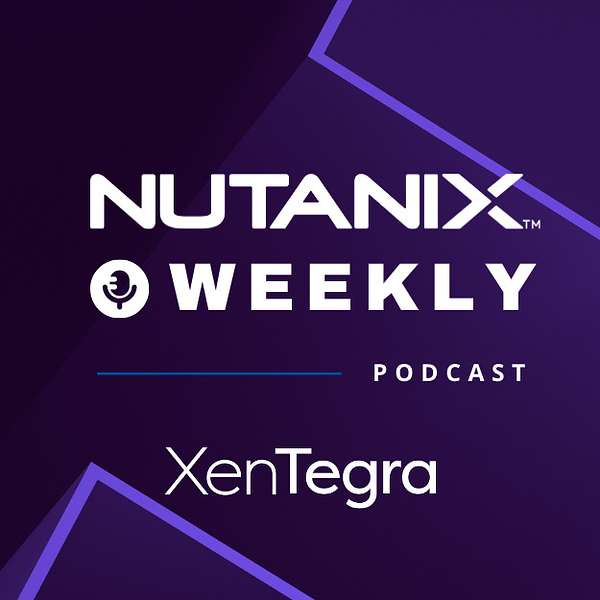
Nutanix Weekly
Join XenTegra on a journey through the transformative world of Nutanix’s hyper-converged infrastructure. Each episode of our podcast dives into how Nutanix’s innovative technology seamlessly integrates into your hybrid and multi-cloud strategy, simplifying management and operations with its one-click solutions. Whether you're operating on-premises or in the cloud, discover how Nutanix enables always-on availability, intelligent automation, and the operational simplicity that drives business forward. Tune in for expert insights, real-world success stories, and interactive discussions. Engage with us as we explore how to harness the full potential of your IT environment in this rapidly evolving digital landscape.
Nutanix Weekly
Nutanix Weekly: Migration Myth-Busting - Why Moving from VMware Isn’t as Scary as You Think
In the enterprise technology world, that maxim could easily be rewritten as: The only constant in IT is change. Platforms evolve, licensing models shift, and infrastructure decisions that felt solid five years ago suddenly need rethinking. For many organizations, that reality now includes re-evaluating their virtualization strategy and, in some cases, making the move from VMware to a different hypervisor.
Blog post: https://www.nutanix.com/blog/why-moving-from-vmware-isnt-as-scary-as-you-think by Nicholas Holian
Host: Phil Sellers, XenTegra
Co-Host: Chris Calhoun, XenTegra
Co-Host: Andy Greene, XenTegra